These are one of the best open source platforms which are use to develop and deploy applications. Docker and Kubernetes are one of those platforms which are helpful to build some effective API based applications. As a result, many full stack developers who were on big projects often make use of these platforms. These platforms might seem very difficult to approach and develop but once we start our hands on, it will eventually help us the way out to get adapted. So let’s get started with orchestrating of Docker and Kubernetes.
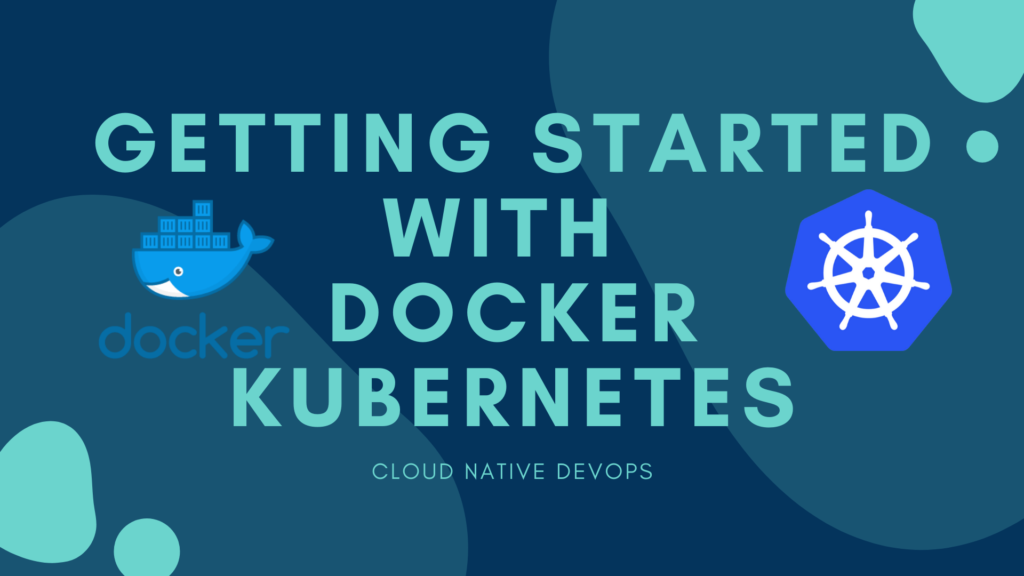
Docker
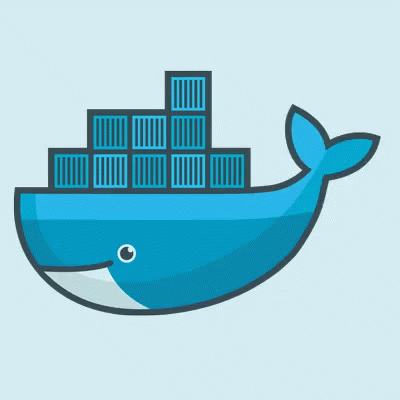
It is an open source platform which helps us to test, develop programs and deploy them on the database for running programs. Docker enables you to separate your applications from your infrastructure so you can deliver software quickly. With Docker, you can manage your infrastructure in the same ways you manage your applications. By taking advantage of Docker’s methodologies for shipping, testing, and deploying code quickly, you can significantly reduce the delay between writing code and running it in production.
Docker provides users to use it on any operating system. Windows, Mac OS, Linux based systems are easily accessible to download and run programs on docker. You can download the docker software setup from the official docker site. Docker is still the most popular container option for software packaging and installation. Docker provides users to use it on any operating system. Windows, Mac OS, Linux based systems are easily accessible to download and run programs on docker. You can download the docker software setup from the official docker site.
Kubernetes
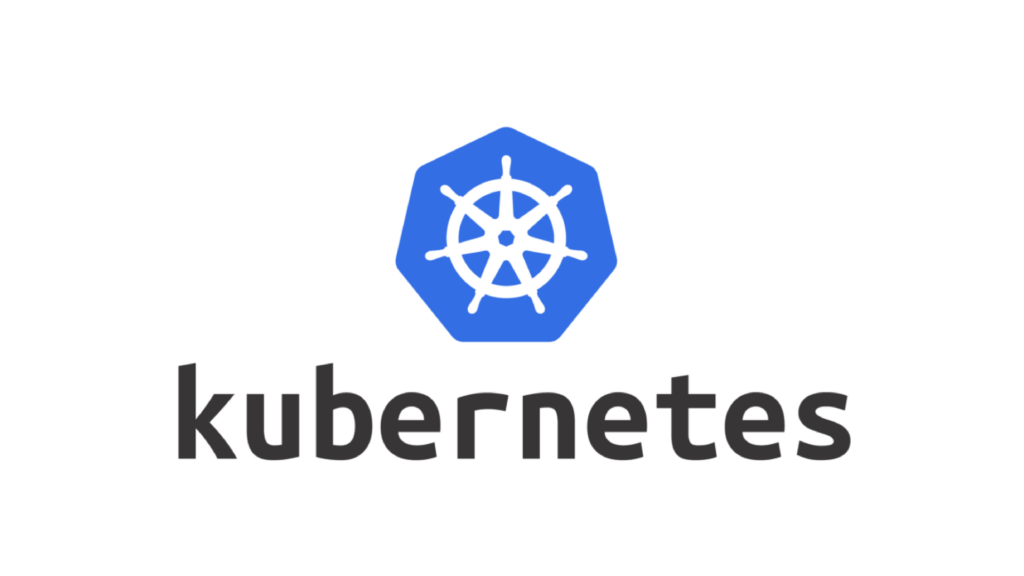
It is also known as K8s is an open source platform or a system for automating development, scaling and managing containerized applications. Using Kubernetes we can easily perform operation of orchestrating with docker. It works with a range of container tools and runs containers in a cluster, often with images built using Docker. But this is very important from the point of view of Cluster Formation. Kubernetes engine work with clusters which are deployed under certain region with some external IP address.
As a result of Kubernetes, it makes the life of programmer easier by providing many layers of the stack and including the contents of your container image and the container runtime and the cluster network and access to the cluster API server. Due to such results, kubernetes is ranking higher in terms of open source implementation of projects and deployments.
Companies using Docker and Kubernetes
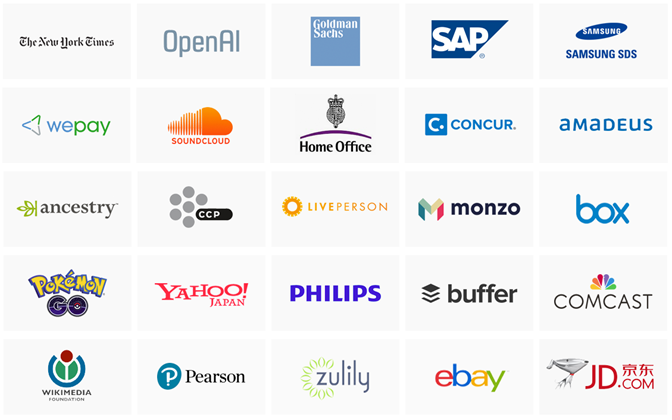
Glimpse of Kubernetes and Docker working together.
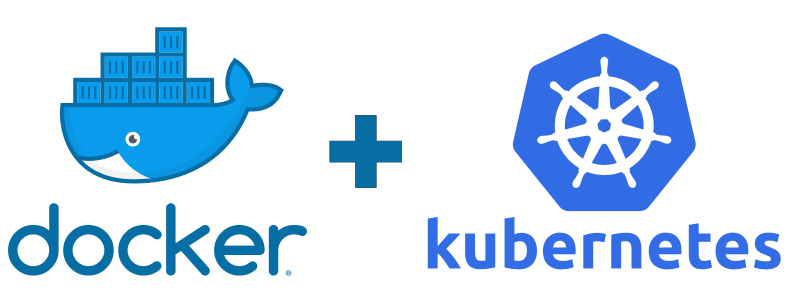
Docker and Kubernetes serve as digital transformation enablers and tools for modern cloud architecture. To use both has become a new norm in the industry for faster application deployments and releases. To build a stack, it is highly recommended to understand the high-level differences between Docker and Kubernetes. Docker helps to “create” containers, and Kubernetes allows you to “manage” them at runtime. Use Docker for packaging and shipping the app. Employ Kubernetes to deploy and scale your app. Startups or small companies with fewer containers usually can manage them without having to use Kubernetes, but as the companies grow, their infrastructure needs will rise; hence, the number of containers will increase, which can be difficult to manage. This is where Kubernetes comes into play
Please refer here for more opportunites!
Enjoy Tech stuff 😄





